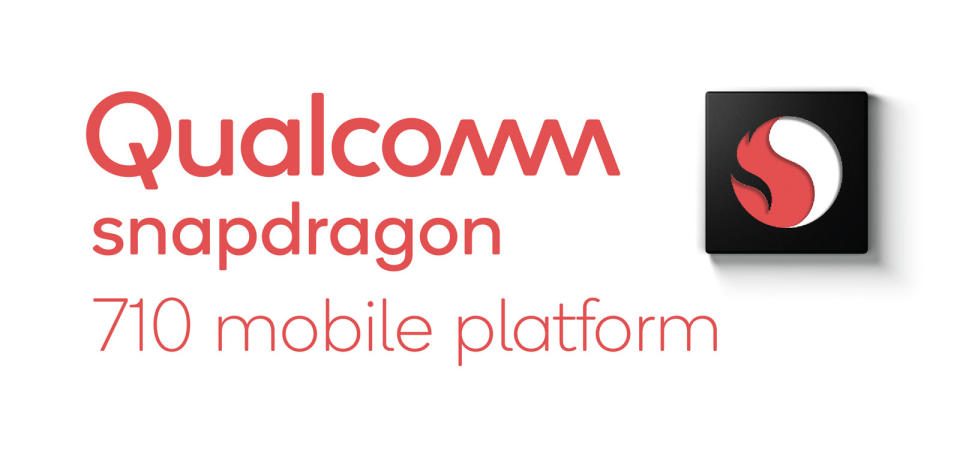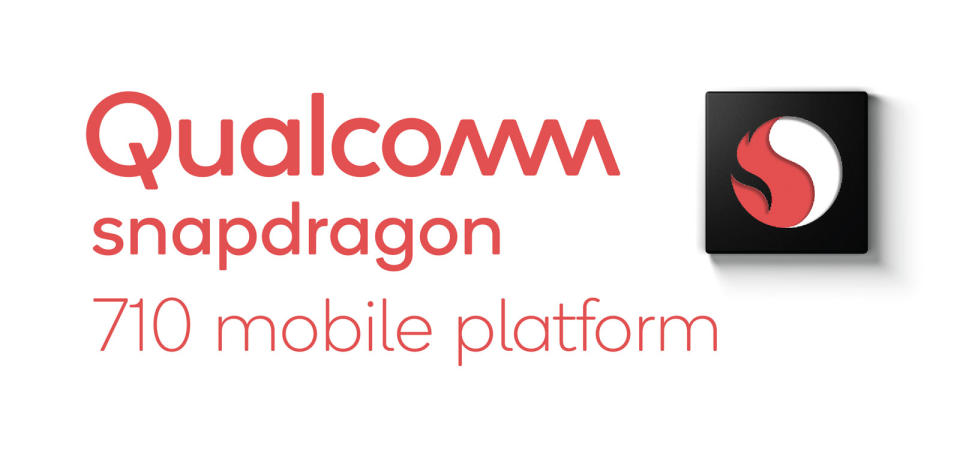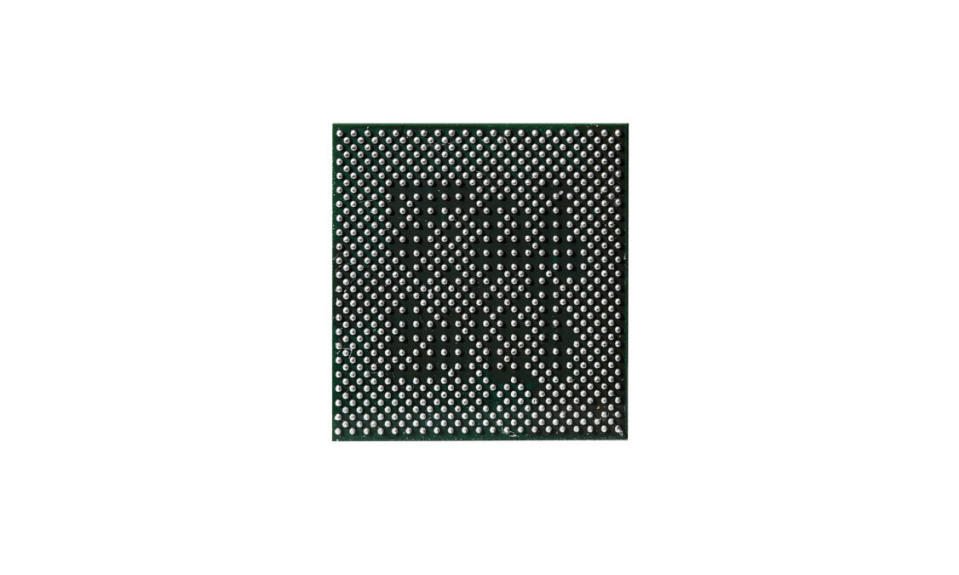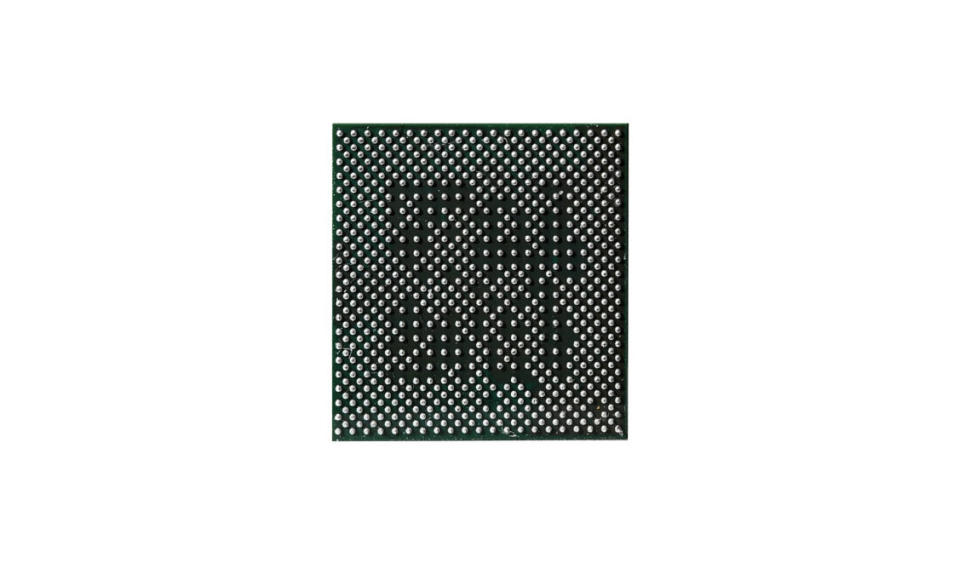The Snapdragon 710 will add flagship features to mid-range phones
Advanced functions while using less power.
Expensive flagship phones won't be the only way for you to play with advanced features like AR Emoji, Animoji and Face ID much longer. Qualcomm is making it easier for companies to create mid-range smartphones that pack those functions by launching a new mobile processor. The Snapdragon 710 will come with a multi-core AI Engine and support neural network processing, as well as image signal processors and graphics units that are typically found in higher-end chipsets. The 710 is the first of the 700-series, which was announced at MWC this year, and will sit above options like the 600- and 400-ranges but below top-tier chips like the Snapdragon 845.
The Snapdragon 710 is a 10nm chipset that features a multi-core AR engine for on-device neural networking processing, as well as a Spectra 250 image signal processor that enables things like multi-frame noise reduction and AI camera features like video style transfer and active depth sensing for artificial bokeh. With the Hexagon digital signal processor, the 710 can execute these tasks quickly, too.
The new chipset supports 4K HDR playback and uses an Adreno GPU that should cut down power consumption when gaming or watching 4K HDR video by about 40 percent compared to the Snapdragon 660, according to Qualcomm. When you run out of juice, you can get back to fifty percent power with a 15-minute charge thanks to Quick Charge 4+.

Data connections should be pretty speedy too, thanks to the Snapdragon 710's X15 LTE modem, which supports download rates of up to 800 Mbps. Not quite the gigabit speeds of the Snapdragon 835 and 845, but the 710 uses similar technologies like 4X4 MIMO and LAA (License-Assisted Access), which should boost performance compared to the company's previous mid-tier CPUs.
The Snapdragon 710 is available to Qualcomm's customers -- phone makers and other device manufacturers -- today, and consumer-ready products are expected in the second quarter of the year. Hopefully by that time, they'll be full-fledged flagship-like handsets that cost meaningfully less than the Galaxies and iPhones of the world.




